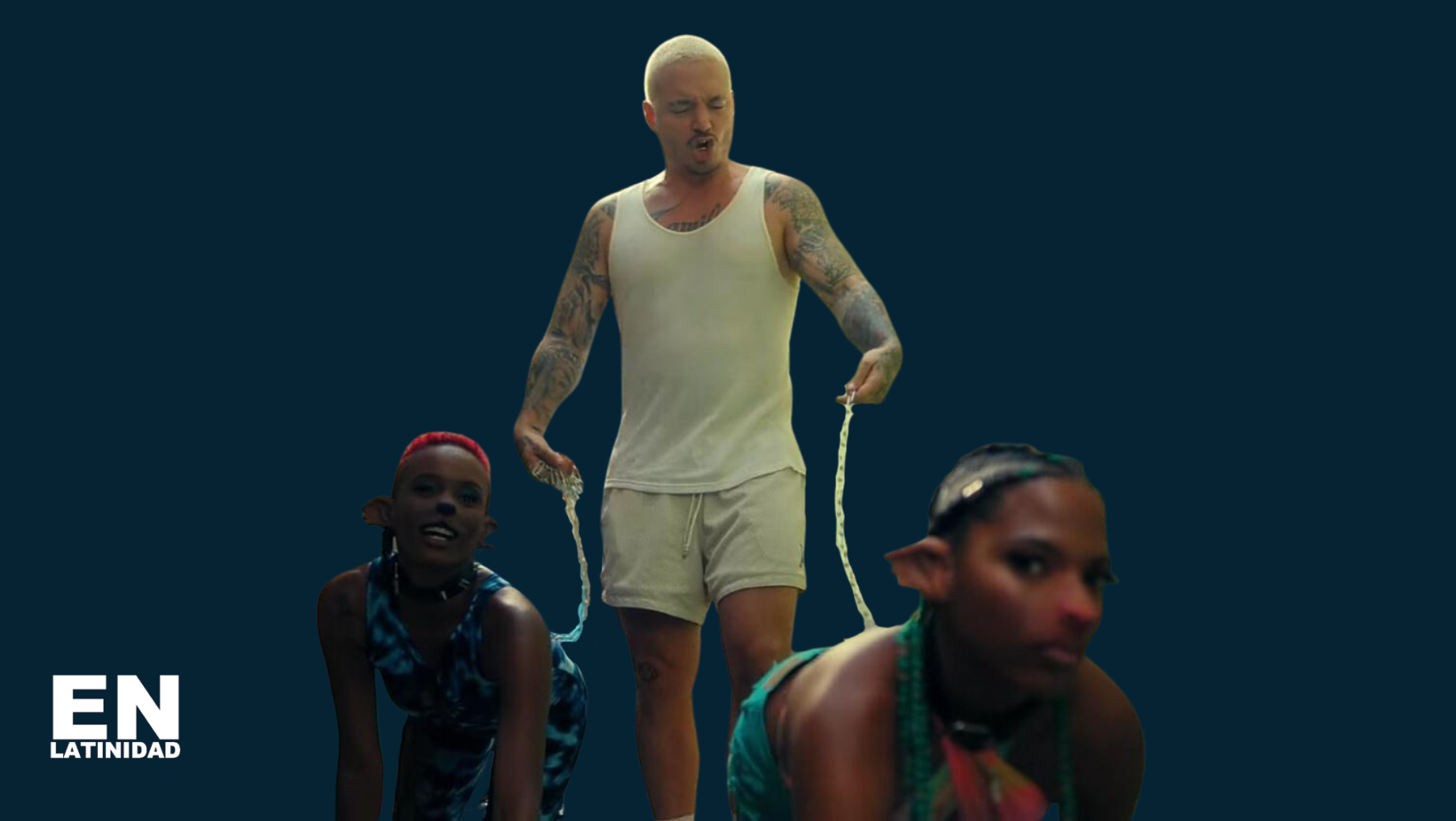J Balvin and Tokischa’s “Perra” Video Sparks Outrage Over Racist Imagery and Calls for Accountability
Not too long ago, J Balvin and Dominican rapper Tokischa released the song “Perra,” a track that immediately ignited controversy and sparked a fierce debate about race, representation, and artistic responsibility within the Latin music industry. While the song itself is an explicit, provocative anthem typical of urban Latin genres, it was the accompanying music video that drew widespread condemnation, especially for a scene depicting two Black Latina women being walked on leashes. This particular imagery was widely regarded as deeply offensive and racist, touching a raw nerve connected to the enduring legacies of racial oppression in Latin America.
The backlash against “Perra” was swift and significant. Critics from across the Americas denounced the video for its dehumanizing portrayal of Black women, highlighting the long history of slavery, colonialism, and systemic racism that still permeates Latin American societies. The imagery was seen as perpetuating harmful stereotypes and reinforcing social hierarchies rooted in racial discrimination. Many argued that the video failed to acknowledge the painful historical context behind such representations and trivialized the lived experiences of Black communities.
The outcry had concrete consequences. YouTube removed the “Perra” music video from its platform following complaints and pressure from viewers and advocacy groups. This takedown was a rare move for such a high-profile release, signaling the growing intolerance for racially insensitive content, even when defended as artistic expression. For many, it was a symbolic victory affirming that artistic freedom does not exempt creators from ethical responsibilities or the consequences of harmful imagery.
The criticism of “Perra” was not isolated from broader conversations about racism in the Latin music industry itself. Historically, Latin music has been dominated by Eurocentric beauty standards and narratives that often marginalize Afro-Latinx artists and culture. Black artists in genres like reggaeton, salsa, and bachata have faced challenges in gaining equal visibility and respect. The music video for “Perra” was viewed as yet another example of how Black bodies can be exploited or objectified, even within a scene that claims to celebrate urban culture and diversity.
Many commentators pointed out that the use of Black women as props on leashes echoed painful tropes from colonial-era slavery when Black people were dehumanized and treated as property. In Latin America, the legacy of slavery is complex and often under-discussed, but it continues to shape social inequalities and racial attitudes. By visually reproducing these dynamics without critical context or sensitivity, the video inadvertently reinforced racist power structures rather than challenging them.
The controversy escalated beyond public outcry to political intervention. Colombia’s Judicial court publicly condemned the video’s content, emphasizing the country’s need to confront and dismantle entrenched racism. Their criticism reflected a broader societal reckoning taking place in many Latin American nations, where discussions about racial identity and inequality have gained new urgency. Their statements added weight to calls for accountability within the entertainment industry, demanding greater sensitivity and respect in how artists portray race and culture.
Tokischa herself, who has gained a reputation for bold and controversial performances, defended the video as an expression of female empowerment and sexual liberation. However, many critics argued that the symbolism went beyond mere provocation and that empowerment cannot come at the expense of racial dignity. This debate highlighted the tensions between artistic freedom and social responsibility—particularly for artists with large platforms who shape cultural narratives. Tokischa apologized in an interview with Rollingstone, “It was very conceptual. If you, as a creative, have a song that’s talking about dogs, you’re going to create that world,” she said.
For J Balvin, the controversy was particularly damaging given his stature as one of the most influential figures in Latin music. The backlash reminded the public and industry insiders that influence carries weight and that ignoring cultural sensitivities can lead to serious reputational harm. While Balvin has championed Latin music on the global stage and pushed genre boundaries, the “Perra” episode revealed gaps in his awareness around racial issues—a blind spot that many hoped he would address going forward.
In the aftermath, the controversy over “Perra” sparked broader reflection within the Latin music community. It prompted calls for more Afro-Latinx representation not just on screen but in decision-making roles behind the scenes—producers, directors, writers—who could bring more nuanced perspectives to creative projects. It also reinforced the need for public education about Latin America’s racial history and its ongoing effects, ensuring that future works respect and honor that legacy rather than exploit it.
Ultimately, the “Perra” controversy serves as a powerful case study in how art intersects with social realities. It reminds us that music videos and popular culture are not created in a vacuum—they carry historical and political meaning. For Latin music to evolve inclusively, artists and industry leaders must listen to the communities they represent and engage thoughtfully with the complexities of race and identity. Only then can the genre truly reflect the rich diversity and resilience of Latin America without repeating the mistakes of the past.





Leave a Reply
You must be logged in to post a comment.